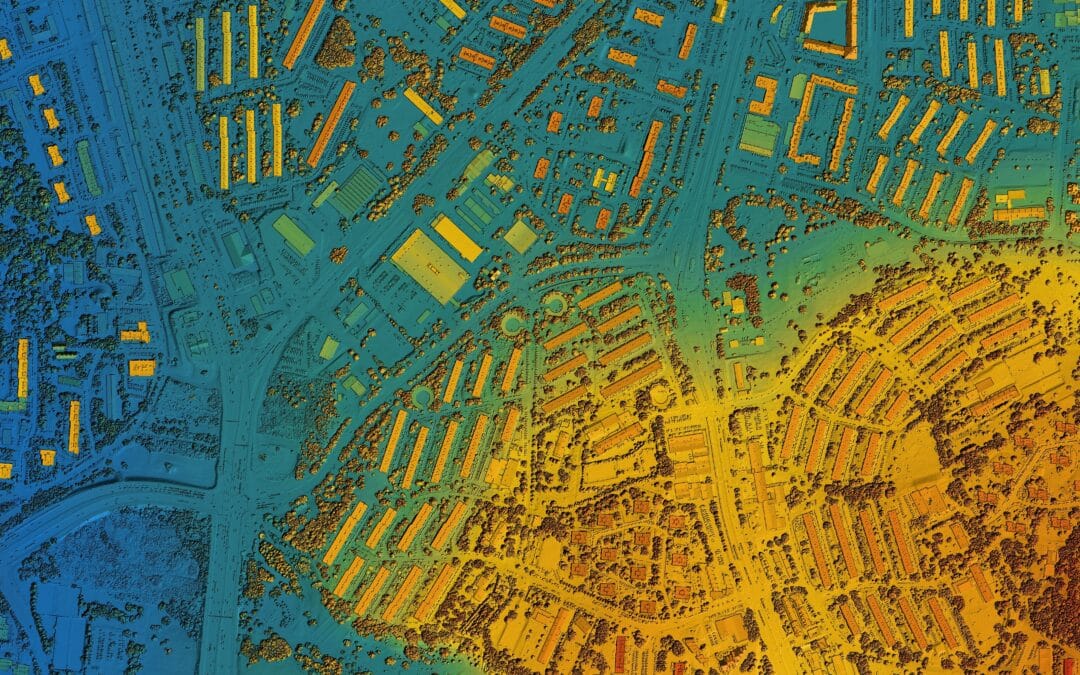The Housing Credit Index, which measures new loan risk, has seen some decreases in the latest HCI National Overview by CoreLogic. Among the highlights of the Q3 2016 report:
- New loan risk, as measured by the HCI, is down year over year and compared to 2001
- The share of home purchase loans with loan-to-value at 95 percent or higher was 43 percent, down from 47 percent year-over-year but up from 36 percent in 2001
- The credit score for the lowest 1 percent of home-purchase borrowers has increased to a range of 622 to 624 from 490 to 510 in 2001
- Twenty-four percent of home-purchase loans had a debt-to-income share of 43 percent or higher, down from 25 percent one year earlier, and equal to the average share in 2001
“As the U.S. entered the eighth year of economic recovery this past summer, we continued to see mortgage originations with relatively low credit risk and this pattern will likely continue in 2017,” states Dr. Frank Nothaft, chief economist for CoreLogic.
HCI Purchase-Money Credit Risk
In terms of credit risk, Q3 2016 loans are among the highest-quality home loans originated since the Millennium.
CoreLogic uses six elements to calculate the HCI:
- Credit score less than 640
- Loan-to-value share 95 and above
- Debt-to-income share 43 and above
- Non-owner occupancy share
- Condo co-op share
- Low and no-doc share
The third-quarter calculations show that high-LTV and non-owner occupant shares are higher, while low- and no-doc share and low credit score share are down significantly, compared to the 2001-2002 benchmark. The high-DTI and condo/co-op shares are similar.
Top States by Credit Score
District of Columbia, 764; Hawaii, 751; California, 750; Oregon, 748; Virginia, 748.
Bottom States by Credit Score
Mississippi, 715; West Virginia, 722; Nebraska, 724; Indiana, 724; Kansas, 726.
Loan-to-Value Highlights
“When we compare applications to closed loans, what we find is that lenders are originating the bulk of the applications that they are receiving, but what’s coming in tends to be high quality, low-risk applicants,” says Nothaft.
Five States with the Highest Loan-to-Value
Alaska, 95.3 percent; Mississippi, 92.9 percent; Wyoming, 92.5 percent; Nebraska, 92.4 percent; North Dakota, 92.1 percent.
Four States & D.C. with Lowest Loan-to-Value
California, 78.7 percent; D.C., 80.2 percent; New York, 80.5 percent; Massachusetts, 81.1 percent; New Jersey, 81.5 percent.
Applications versus Originations
Applications in the lower credit score range are almost non-existent in 2015 when compared to 2005. Applicants may be “self-removing” themselves from the applicant pool. This may explain some of the decline in new-loan credit risk.
To view the report in full click HERE.
About CoreLogic
CoreLogic (NYSE:CLGX) is leading global property information, analytics and data-enabled solutions provider. The company’s combined data from public, contributory, and proprietary sources includes over 4.5 billion records spanning more than 50 years, providing detailed coverage of property, mortgages and other encumbrances, consumer credit, tenancy, location, hazard risk and related performance information. The markets CoreLogic serves include real estate and mortgage finance, insurance, capital markets, and the public sector. CoreLogic delivers value to clients through unique data, analytics, workflow technology, advisory and managed services. Clients rely on CoreLogic to help identify and manage growth opportunities, improve performance, and mitigate risk. Headquartered in Irvine, California, CoreLogic operates in North America, Western Europe and Asia Pacific. For more information, please visit www.corelogic.com.























0 Comments